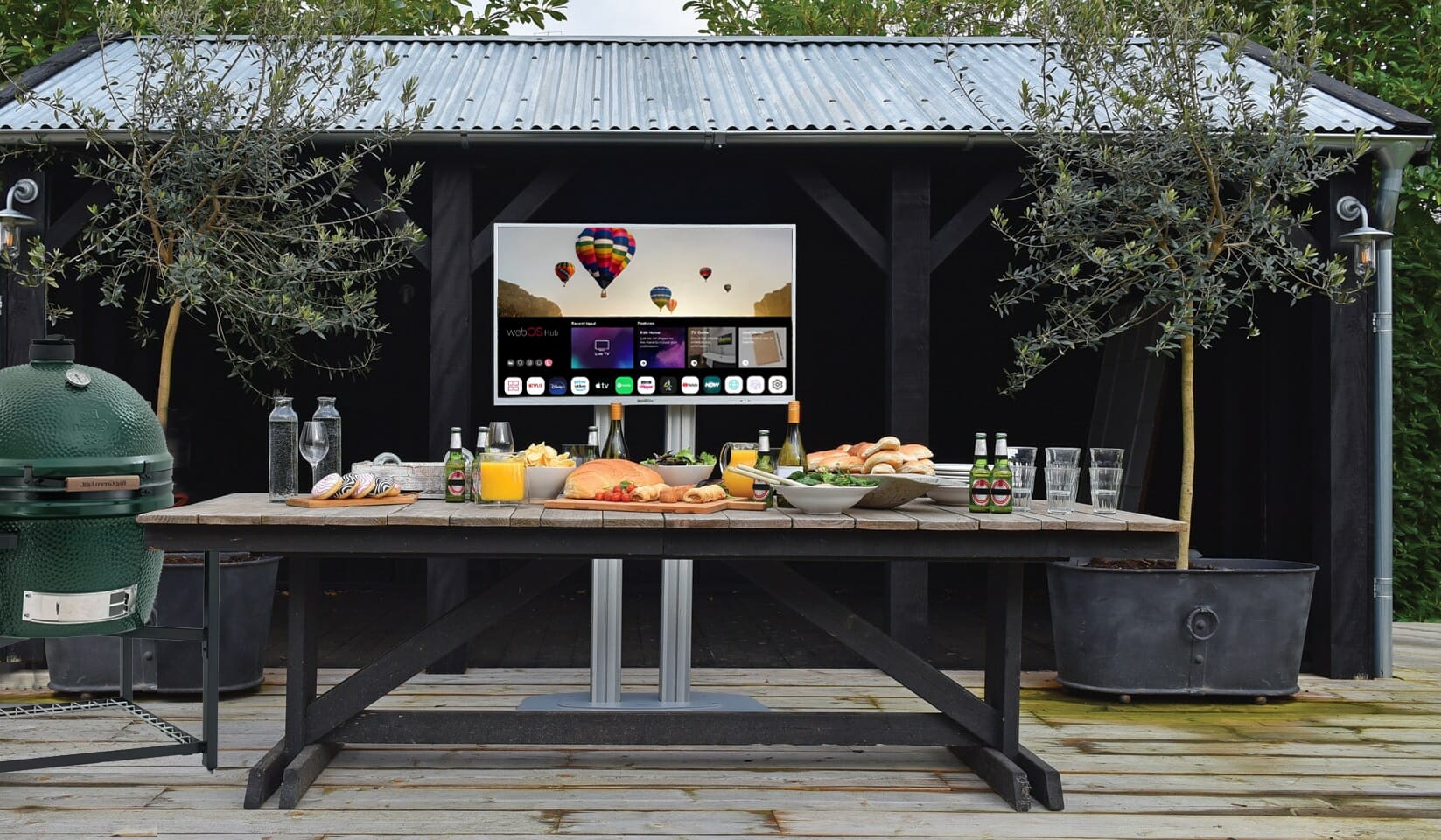What Makes the Perfect Meeting Room?

What Makes the Perfect Meeting Room?
Meeting rooms have undergone significant evolution over the past few years. With hybrid work, virtual collaboration, and tech-driven workplaces now the norm, the expectations for meeting room technology are higher than ever. Whether you’re designing a huddle space for impromptu brainstorming sessions or upgrading a large boardroom for seamless video conferencing, getting the setup right is crucial.
Here’s what makes the perfect meeting room setup in 2025.
1. Clear, Bright Visuals – For Everyone
A strong visual display is the foundation of any great meeting room. It needs to be large enough for everyone to see, bright enough to cope with natural light and office lighting, and anti-reflective to avoid distracting glare.
One excellent option for medium to large meeting rooms is the Sony FW-75BZ40L 75″ Display. With high brightness and a 47% anti-glare coating, this professional display offers excellent clarity in bright environments. It’s built for 24/7 use, meaning it can remain on displaying digital signage when not needed for meetings and comes with powerful configuration options for business use.
2. Easy-to-Use Video Conferencing Tools
The perfect meeting room isn’t just about in-person discussions – it must also support clear, seamless remote communication. That means audio and video must work together to create a natural experience for everyone in the room and dialing in.
One standout option is the Sennheiser TeamConnect Bar S. This all-in-one video bar combines a 4K ultra-HD camera with four beamforming microphones and two powerful speakers to deliver premium sound and image quality. Best of all, it’s plug-and-play compatible with leading platforms like Microsoft Teams, Zoom, and Google Meet, making it an excellent choice for organisations that want high-quality solutions without the complexity.
3. Wireless Presentation – Made Simple
No one wants to waste time during meetings searching for the right cable to share their screen. A modern meeting room should support wireless presentation, allowing presenters to quickly and easily display content from laptops, tablets, or smartphones, promoting a sense of ease and efficiency.
Barco ClickShare remains one of the most trusted solutions for wireless presentation. With models available for small huddle rooms through to large conference spaces, ClickShare makes it easy to share content securely with a single click – no technical expertise required. This is especially useful for guest presenters or hybrid teams who need to collaborate quickly and efficiently.
4. Room Layout and Accessibility
The physical setup of the room also plays a significant role. Ensure that furniture is arranged so that all participants can see the display and hear the audio clearly. Whiteboards and collaboration surfaces are still valuable in many setups, and acoustic treatment is worth considering to minimise echo and noise distractions.
Accessibility should also be a consideration; choose furniture and technology that is easy for everyone to use, and ensure there are no unnecessary barriers to participation that could affect the outcome of meetings.
5. Scalability and Support
Finally, look for solutions that scale with your business. Modular AV setups and support-friendly devices help ensure your investment remains useful for years to come. A room designed today should be able to handle new workflows and technologies without requiring a complete rebuild for many years to come.
Ready to Build Your Perfect Meeting Space?
At Projectorpoint, we specialise in designing and supplying AV solutions for meeting rooms of all sizes. Whether you’re upgrading a single space or rolling out a company-wide installation, our team can help you choose the right displays, video bars, and presentation tools to keep your team connected and productive.


